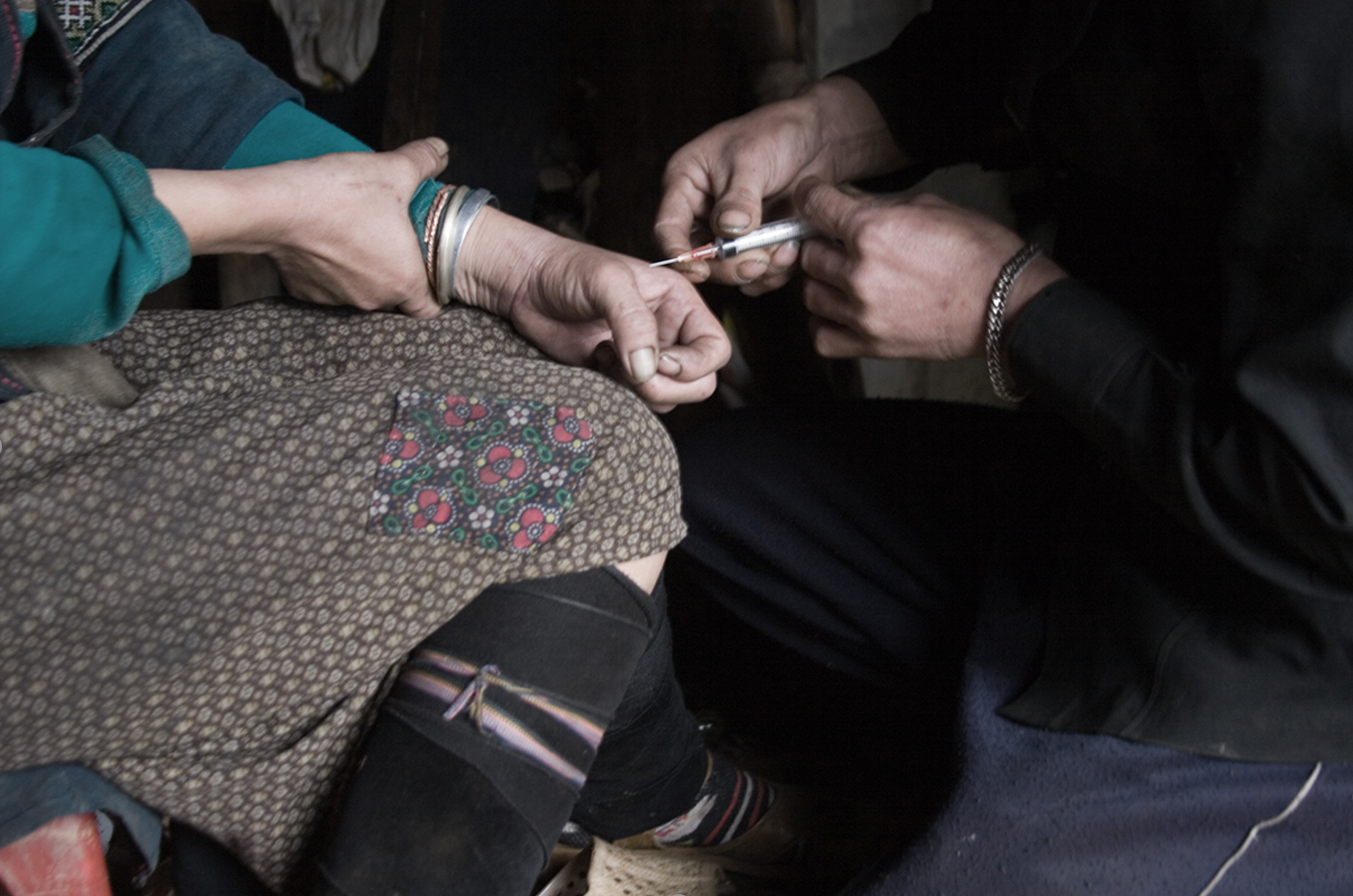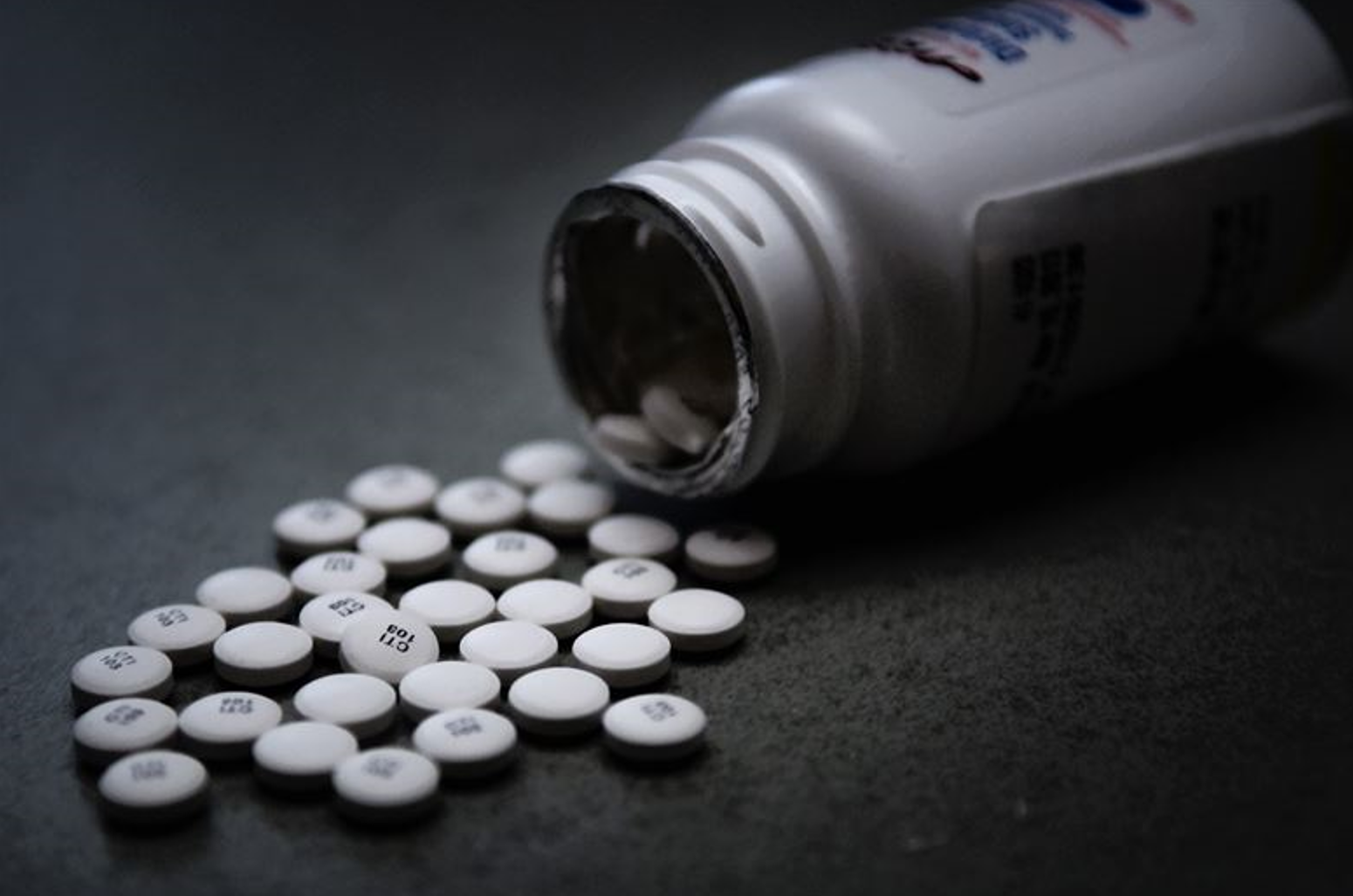It’s 2018: This Is What Opiate Addiction Looks Like

Everyone knows the stereotype of a heroin addict. A slumped over white guy, with little aspiration or hope. But as the opioid epidemic continues to grow, a lot of us are reckoning with an increasingly undeniable truth- that is not actually what opiate addicts look like. Or not most of them, anyways. “When my addiction was the worst, I was doing the best in my career I had ever done.


